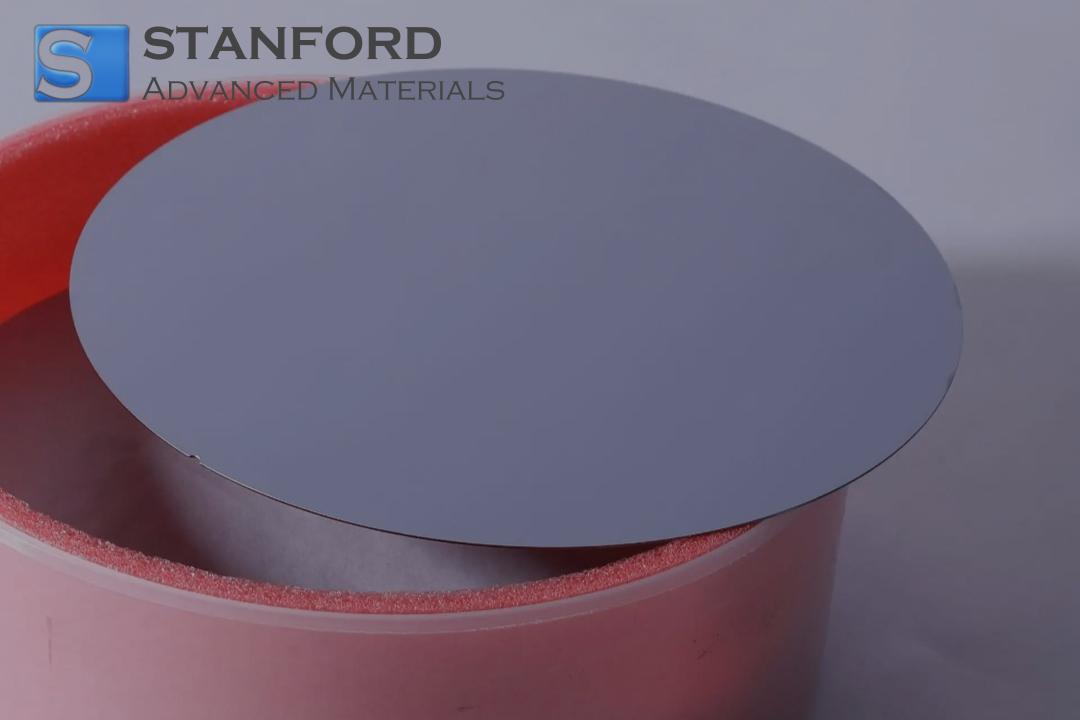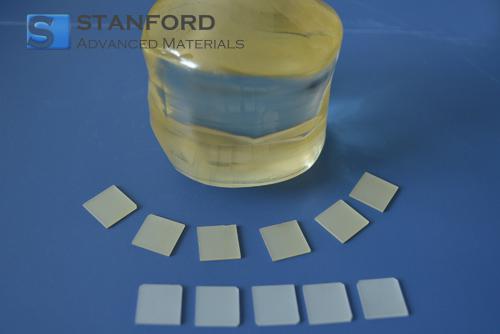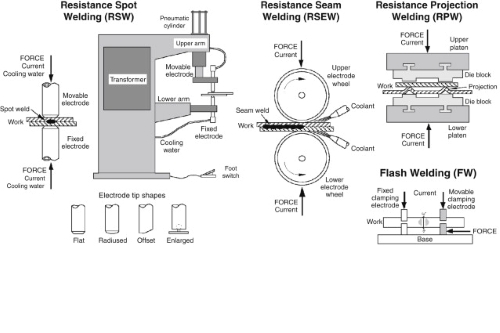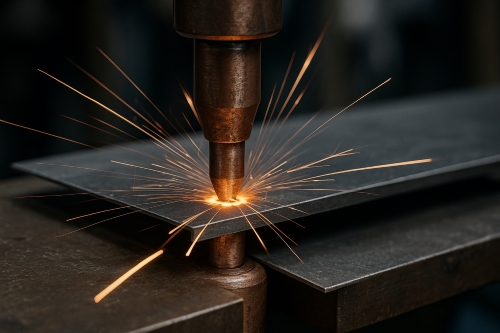Which Known-Property Materials Have the Best Fracture Toughness?
Introduction
Fracture toughness is a value that indicates the energy that can be absorbed by a material before it fractures. Scientists and engineers rely on this number to choose materials for bridges, aircraft, and everyday tools. This section discusses several categories of materials in clear terms and how they behave when under stress.
Metals and Alloys: Toughness Champions
Metals have a long history of use where fracture toughness is required and particularly high. They generally exhibit a very good strength-to-ductility ratio.
• Maraging Steel: It demonstrates a fracture toughness of 100–200 MPa√m. It is highly ductile with high strength and is used in high-performance parts and structural components.
• High-Toughness Steels: These steels provide around 80–150 MPa√m. These steels resist crack growth under precise microstructure control and are utilised in applications where reliability is essential.
• Titanium Alloys (Titanium-6Aluminium-4Vanadium): With values for 55–110 MPa√m, these alloys are widely adopted due to their low weight and corrosion resistance. They are extensively used in aircraft production and medical devices.
• Metallic Glasses: These exhibit about 80–100 MPa√m. They display localised shear deformation because of their amorphous structure, leading to a unique combination of strength and toughness.
Metals are often the best in fracture toughness because their atoms can rearrange when subjected to stress. This rearrangement blunts cracks and dissipates energy prior to a catastrophic failure.
Ceramics: Toughest Among Brittle Materials
Ceramics are known for their strength at high temperatures. They are still not as resistant to fracture as metals. Ceramic toughness has been improved significantly by engineers.
• Yttria-Stabilised Zirconia (Y-TZP): It has a fracture toughness of 10–15 MPa√m. This material utilises transformation toughening, where minimal alteration in crystal structure enhances resistance to crack growth.
• Zirconia-Toughened Alumina (ZTA): With values of approximately 7–10 MPa√m, ZTA represents an improved version of pure alumina that combines the advantages of both zirconia and alumina.
Plain ceramics such as silicon carbide, plain alumina, and diamond exhibit higher toughness values. Transformation toughening, microcrack bridging, and the inclusion of second-phase particles that impede or halt crack growth are the key toughening methods in this area.
Composites: Directional Toughness
Composite materials unify two or more different materials into one. This can enable properties like fracture toughness to be tailored to specific requirements.
• Carbon Fibre Reinforced Composites: These have fracture toughness values around 20–40 MPa√m in the direction of the fibres. Their high strength and light weight account for their use in aerospace and high-performance sporting equipment.
• Aramid Composites and Glass Fibre Reinforced Composites: They possess toughness values between 10–20 MPa√m. These are used in automotive panels and protective gear due to their reasonable balance between toughness and cost.
• Hybrid Composites: By exploiting various types of fibres, hybrid composites can offer tailored toughness. Hybrid composites harness the beneficial features of each material.
The mechanisms by which these composites resist crack growth include fibre pull-out, bridging, and crack deflection. Such mechanisms slow the advancing crack as it navigates through the material, enhancing overall toughness.
Superlative / Advanced Materials
Advanced materials do not always conform to typical trends regarding toughness.
• Diamond: Owing to its hardness, diamond has a low fracture toughness of approximately 5 MPa√m. This indicates that it can chip or break under specific conditions despite its exceptional surface hardness.
• Nanostructured Ceramics and Composites: These are under experimental investigation to assess their potential for toughening. The fine structure can block crack paths.
• Graphene-Enhanced Metals or Metallic Nanocomposites: Research in these areas may yield positive outcomes. These materials combine metals with nanoscale properties or graphene. Initial findings suggest notable toughness and strength.
High-performance materials continue to establish elevated standards for fracture toughness. Ongoing development may produce safer and more efficient designs in the future.
Conclusion
Materials with high fracture toughness are central to many engineering applications. Metals and alloys lead in toughness due to their ability to deform slightly when subjected to load, blunting the crack tips ahead of their advancement. Ceramics, although traditionally brittle, are currently being enhanced through toughening mechanisms. Composites offer directional toughness, and advanced materials present promising opportunities. Each category has its strengths and limitations. For further comparisons and a material list, please check Stanford Advanced Materials (SAM).
Frequently Asked Questions
F: What does fracture toughness measure?
Q: It measures the amount of energy a material can withstand before cracking.
F: Why are metals employed in high toughness applications?
Q: Metals can deform at the crack tip, thereby inhibiting crack growth.
F: Can ceramics be utilised in high stress environments?
Q: Yes, although they use mechanisms such as transformation toughening to improve resistance.

 Bars
Bars
 Beads & Spheres
Beads & Spheres
 Bolts & Nuts
Bolts & Nuts
 Crucibles
Crucibles
 Discs
Discs
 Fibers & Fabrics
Fibers & Fabrics
 Films
Films
 Flake
Flake
 Foams
Foams
 Foil
Foil
 Granules
Granules
 Honeycombs
Honeycombs
 Ink
Ink
 Laminate
Laminate
 Lumps
Lumps
 Meshes
Meshes
 Metallised Film
Metallised Film
 Plate
Plate
 Powders
Powders
 Rod
Rod
 Sheets
Sheets
 Single Crystals
Single Crystals
 Sputtering Target
Sputtering Target
 Tubes
Tubes
 Washer
Washer
 Wires
Wires
 Converters & Calculators
Converters & Calculators
 Write for Us
Write for Us


 Chin Trento
Chin Trento



